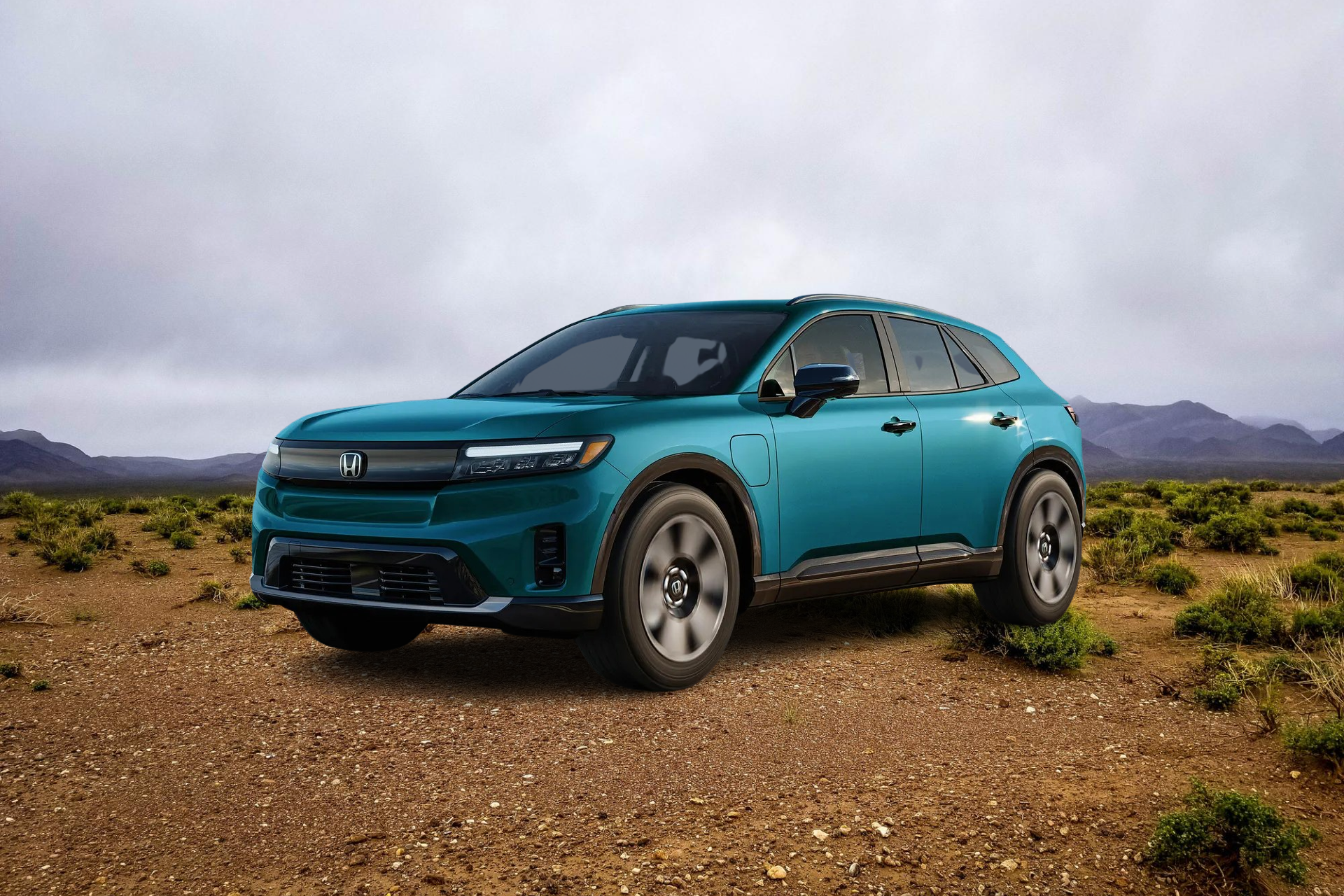They store electricity in rechargeable batteries that power the electric motors that turn the wheels. The rotation of the wheels powers a generator in the car, which charges the battery. Now, in a typical non-electric vehicle, there is both an engine and a generator. Electric motors are used in electrical systems to perform this conversion task.
By periodically reversing the polarity of a series of electromagnets (reversing the north and south poles), the motor uses these attractive and repulsive forces to spin the shaft, which converts electrical energy into torque and ultimately turns the wheel. It involves using an electric current to create a magnetic field in the stationary part of the machine (“stator”), whose motion drives the rotating part (“rotor”). Induction motors, also known as induction motors, use an electric stator to generate a rotating magnetic field. Both synchronous and asynchronous motors run in reverse, which means they convert mechanical energy into electrical energy during deceleration.

The induction motor is often used in electric vehicles that are widely used for driving at high speeds for extended periods of time. Some vehicles use engine-driven alternators that perform both a drive function and a regeneration function. This type of engine also performs some functions in power steering and braking systems but has become the preferred engine design in most modern battery-powered electric and hybrid vehicles. This type of motor is popular for small vehicles such as electric bicycles and scooters and is used in some automotive assistive devices such as electric power steering.
The electric motor receives energy from the battery to drive the wheels of the car and provide propulsion. In an HEV, electricity is generated by the vehicle’s braking system and used to recharge the battery. This takes power from a stack of batteries, and in most cases, electric vehicles must be plugged into the grid to recharge those batteries.
Electric vehicles also typically have an auxiliary battery that is used to power the vehicle’s electrical system, just like the battery in a conventional fuel-burning vehicle. This allows the headlights, infotainment system, and other functions to work even if the main battery is dead. Electric vehicles also typically have an auxiliary battery to power the vehicle’s electrical system, meaning that the vehicle’s lighting and infotainment system will continue to function if the main battery runs out.
Electric plug-in – this means the car runs on electricity only and gets full power when connected to the grid for charging. When they run on fuel, these cars produce emissions, when they run on electricity, they don’t. Plug-in hybrids: These run mostly on electricity, but they also have conventional fuel engines, so you can run on gasoline or diesel as well. A plug-in hybrid vehicle combines a battery and electric motor with economical gasoline or diesel engine.
In a full hybrid, on the other hand, the electric motor can power the car on its own; ICE only activates when more power is required or higher speeds are reached. The frequency converter can change the speed of the motor by adjusting the AC frequency. It can also increase or decrease the power or torque of the engine by adjusting the amplitude of the signal.
An inverter is a device that converts direct current into the alternating current used in an electric vehicle’s motor. But when it comes to the main motor of an electric vehicle (which provides the vehicle’s propulsion), this DC energy must be converted to AC via an inverter. The electricity supplied to your home comes in the form of alternating current (AC), so named because the north/south or plus/minus power polarity changes (alternates) 60 times per second.
AC power allows us to build generators, motors, and power distribution systems that are much more efficient than DC, which is why AC is the most popular power source for power applications. This is due to the variable nature of the AC signal, which makes it easy to step up or step down the voltage to different values. This is one of the reasons electric vehicles are so unique.
Sophisticated power electronics (which we won’t explain here) handle the numerous onboard AC/DC converters, ramping up and down the charge voltage from 100 to 800 volts at 350-800 volt battery/motor system voltage under many light sources. vehicle, infotainment, and chassis functions that require 12-48 volts DC electricity.
The battery is charged by an external power source, such as a DC fast charger or an AC charger. It also communicates with the charging device and monitors battery characteristics such as voltage, current, temperature, and state of charge while the battery is charging. The controller is like the brain of the car, managing all its parameters. Also in this module, the Power Electronics Controller (PEC) integrates all the power electronics responsible for managing motor power and battery charging.
Therefore, when electrical energy is supplied to the engine from a car battery, the coils create rotating magnetic fields that drag the conductive rods from the rotor. This energy causes the lead wire coils to behave like electromagnets. Based on the basic principles of Nikola Tesla as defined in his polyphase induction motor introduced in 1883, “three-phase” refers to currents of electrical energy that are applied to the stator via a car battery.
This is known as regenerative braking, a process in which an electric motor helps slow and stop a vehicle by using some of the energy normally converted into heat by the brakes. Conversely, as with regenerative braking, these magnetic/electromagnetic forces can convert motion back into electricity. When a traditional car breaks down, kinetic energy is usually wasted. However, in an electric vehicle, braking converts and stores heat energy from the brake pads and tires, which heats up the friction and reuses it to power the car.
While these electric motors are easy to manufacture, they don’t meet the power, reliability, or size requirements of an electric vehicle, although you might find them powering windshield wipers, windows, and other small mechanisms in the car.



